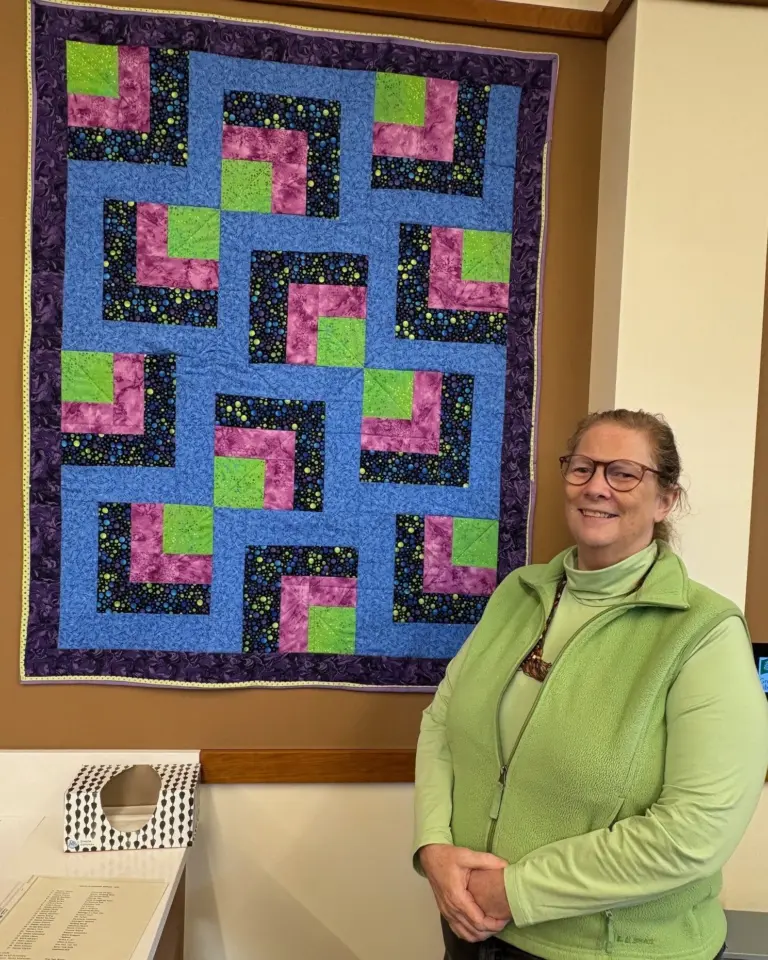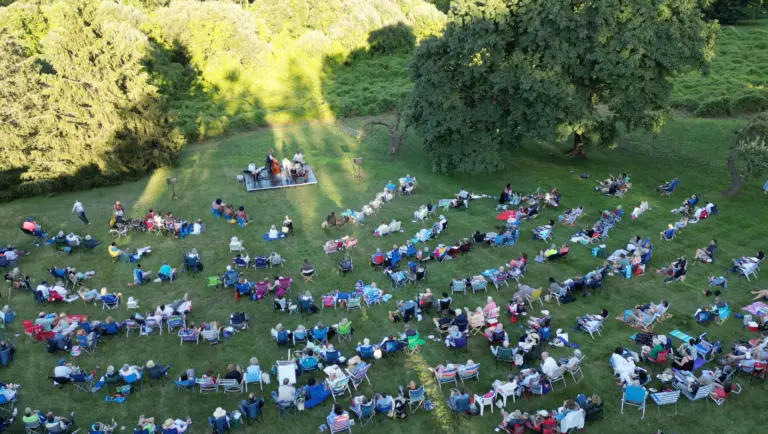Exciting advances in space science and planetary exploration, coupled with the opportunity to spend an evening in the relatively Covid-19-safe open air, has triggered substantial interest in amateur astronomy. Unfortunately, not enough people ask for help or do effective on-line research. They end up with substandard instruments on flimsy mounts that quash their enthusiasm.
My advice to people new to amateur astronomy is to learn something about telescopes before they make any choices. There are many kinds of telescopes, each with advantages and disadvantages. There are different kinds of mounts of varying size, weight and complexity. There are many necessary and some optional accessories that enhance the observing experience, and of course there is a wide range of costs.
Readers interested in buying their first telescope would do well to read some short on-line articles from Sky & Telescope magazine before deciding on a particular instrument. These are on the magazine’s web site, at https://is.gd/scopeinfo. My article “First Telescopes” in the Westchester Amateur Astronomers club newsletter might also provide some perspective. It’s at https://is.gd/firstscope, page 9. There are some fine books, such as Dickinson and Dyer’s The Backyard Astronomer’s Guide.
The most important feature is aperture, the amount of light that can be collected. Bigger is generally better, but at some point the size, weight and cost becomes onerous. An 8-inch Schmidt-Cassegrain telescope is 20 inches long, weighs 18 pounds and can easily be picked up, but an 8-inch refractor might weigh 70 pounds, look like the deck gun on a destroyer and cost 20 times as much. There are several optical designs: the refractor (lens) telescope like that used by Galileo, the reflector telescope, which uses mirrors and was invented by Isaac Newton, and a number of “compound” designs that use a combination of lenses and mirrors. You can have a good time with almost any decent scope, as long as your expectations are in line with the capabilities of the equipment and the location from which you are observing (light pollution takes a toll on any telescope). There is no “perfect” telescope useful for every purpose and type of object.
Mounts come in a variety of configurations, with advantages, disadvantages and price points. The mount needs to be solid. Nothing destroys the observing experience more than a telescope that shakes for many seconds every time you focus it or touch your eye to it. Tripods have to be substantial as well.
Many consumer telescopes now come with on-board GPS, motors and computers, called “go-to” telescopes. The hand control has a computer chip with the location of tens of thousands of celestial objects. The user aligns the telescope at the beginning of the evening by sighting on two stars, and then it’s a matter of pushing buttons to move to each object. Some scopes even have wi-fi hubs so the instrument can be controlled from a computer or cell phone, using an application that shows a map of the sky. The map tracks where the telescope is pointed and you can even control scope by tapping on an object on the screen. The learning curve for these features is not very steep, but many stargazers still have a wonderful time with good optics on simple, non-electronic mounts, such as a 6- or 8-inch “Dobsonian” reflector.
Some new manufacturers have even made totally electronic scopes, with video output instead of an eyepiece. They are completely automatic: you put the telescope on the ground, push a button, and they align themselves. They are very expensive and not good for the Moon or the planets. The human eye is better than a camera for solar system objects. But they do well on deep-sky objects such as nebulas and galaxies.
A camera can be attached to almost any telescope with a simple adaptor, but astrophotography these days generally involves specialized astronomy cameras, of which there are many types at many price ranges, from $150 to thousands. Astrophotography demands a lot of time collecting the image and processing it at the computer to get the best result. You need an equatorial mount for deep sky astrophotography (you can get away with an altazimuth mount for lunar and planetary imaging). I strongly suggest that you not try to be an astrophotographer until you become an experienced visual observer.
In New York, both Adorama and B&H sell telescopes and have some models on hand. The astronomy business is now primarily on-line. There are many reliable vendors across the country. Recent supply-chain problems have had a major impact on product availability. You may have to be patient.
The best place to see telescopes is either at a WAA star party at Ward Pound Ridge Reservation (see www.westchesterastronomers.org for more information) and at the Northeast Astronomy Forum April 9 and 10 at Rockland Community College, where many vendors show their wares. https://www.neafexpo.com




